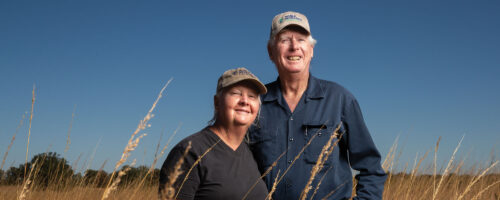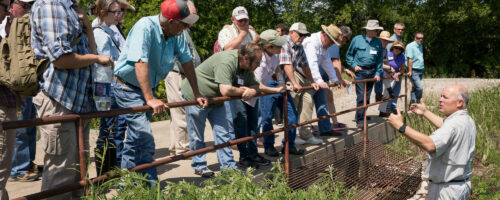Why are Cattle Essential to the Land?
Beef is not just for dinner. It’s for the benefit of the earth.
In the days before sprawling metropolises and social media, large herds of bison roamed the prairie. The Great Plains was shaped under their munching muzzles, which they used to graze down one area before moving to the next. The bison followed lightning-sparked fires, which cleared away old forage and gave way to new.
Native prairie ecosystems evolved under the balance of fire and grazing, and removing this essential duo is like removing the tide from the oceans. The land is forced to adapt, but tantrums eventually emerge with more severe wildfires and other symptoms of a weakened ecosystem.
In the absence of bison, cattle have become the modern instrument of grazing. Cattle play essential roles in improving the land and feeding a growing population.
Cattle graze land that is not suited for crops.
Different soils are good for different purposes. Cattle use lands that have typically marginal soils, which are not good for growing human food crops. Instead, these lands are ideal for growing grasses. Humans do not consume grass, but a cow’s ruminant digestive system can convert grasses into a protein that fuels humans: beef.
Cattle return nutrients to the soil.
Plants take nutrients (like nitrogen, phosphorus and potassium) out of the soil as they grow. Once the plant is harvested, those nutrients are removed from the field. However, cattle harvest and use the plants right on the land. Cattle return about 85% of the nutrients they consume back to the pasture. This jumpstarts the nutrient cycling process, which, in turn, benefits the plants and the whole ecosystem.
Plants need to be grazed.
Grazing helps plants stay productive. When grazing is removed from a prairie ecosystem, plants become stagnant. They don’t regrow as fast as they would if cattle were consuming them under a well-managed plan that considers timing, frequency and duration of grazing.
Grazing helps sequester carbon.
Typically, more productive plants grow deeper roots. The deeper the root, the more carbon and organic matter they produce. In this way, cattle can be used as a tool to sequester carbon and create a healthy environment for soil microbes.



Comment